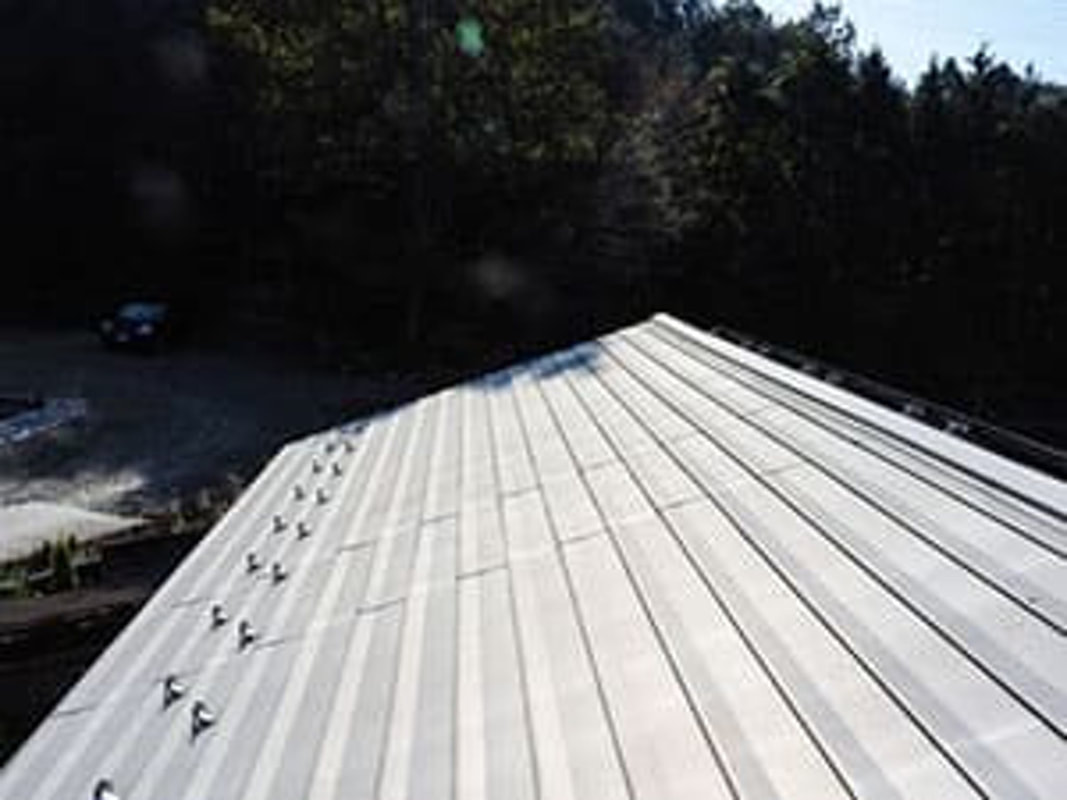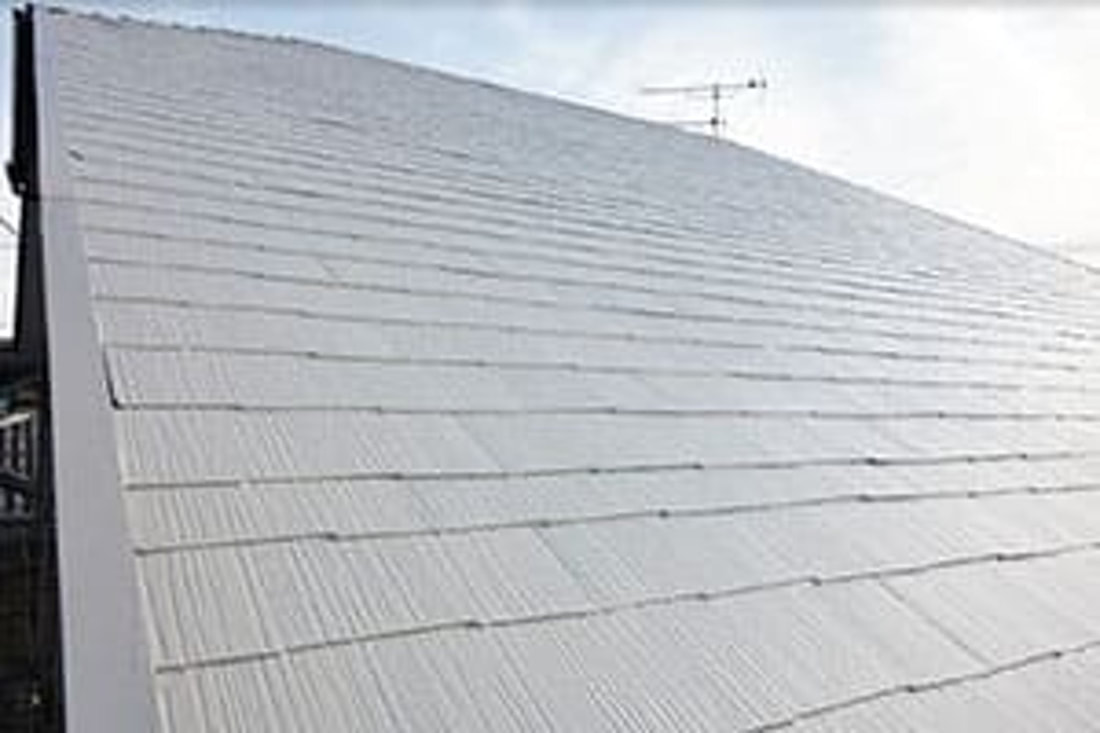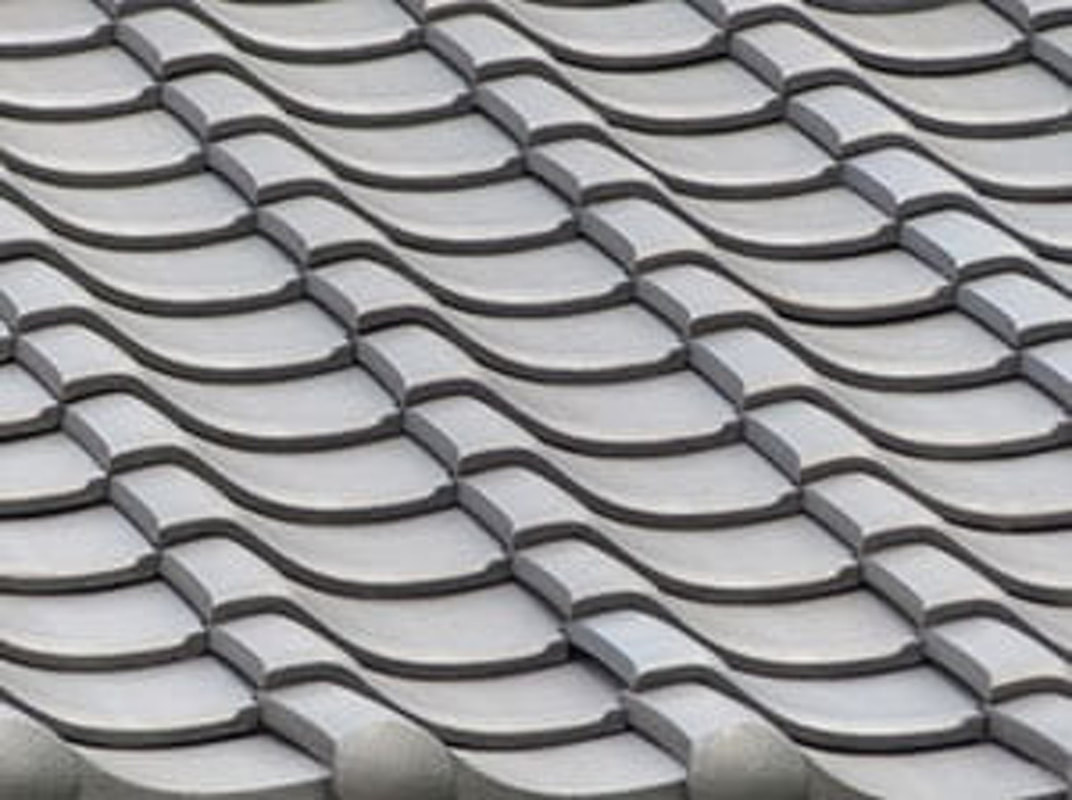|
As it is the rainy season, today we will explain about the roof tile that protects the house from rain. Tile roofing is a clay slab that covers a roof, which is common in Asia. The purpose of the roof is to protect the house and its occupants from natural phenomena. Various nature such as rain, wind, dew, temperature changes, humidity changes, and sunlight affect homes and people. Each of them is absolutely necessary for us, but it is harmful if we receive more than necessary. The house regulates it, and the roof protects it. After the period when comfort was secured, what was demanded for the roof was status and aesthetics, and then tiles appeared. In Japan, it was 1400 years ago. Tiles are boards made of clay or other materials pre-made with curved surfaces that overlap each other. Covering the roof with these tiles is called "tile roofing". Depending on the material, there are two types of roofing tiles: clay tiles and thick slate tiles. Clay tiles are made of fired and molded clay. They are extremely durable, but they are also heavier and more water absorbent than other roofing materials. Thick slate tiles are made from cement and fine aggregate and are lighter and less expensive than clay tiles. There are many types of roof tiles such as main roof tiles, pantiles, S roof tiles, Spanish roof tiles, French roof tiles, corrugated roof tiles, and flat roof tiles. The roofing method used to be one in which soil was placed under the roof like a townhouse, but now the dry method is used to fix the roof with copper wires and nails. Now, let's talk about the "advantages and disadvantages" of different types of roofing tiles. There are three main types of roofing tiles: metal tiles, slate tiles and clay tiles, and each material has a different performance. First, we would like to explain the advantages and disadvantages of different materials.
●Advantages ・Lightweight and highly earthquake resistant The weight of the metal tile is about 1/10 of the clay tile of the same size, which is extremely lightweight. A light roof also increases the earthquake resistance of the house. When retrofitting a traditional Japanese house, the roof may be replaced with metal tiles shaped like Japanese tiles. ・Highly waterproof The characteristic of metal roof tiles is that they are highly waterproof, with no gaps between the roofing materials laid. ・Can be used on a wide range of roofs regardless of shape As the gap between the metal tiles is small, it can also be used for roofs with a gentle slope. Metal roof tiles can be widely used in houses of any shape. ●Disadvantages ・Low heat insulation Since the metal roof tile is a thin metal, heat is easily transferred, which affects the heat and cold in the room and the air conditioning efficiency. The heat in summer can be mitigated by using heat shield paint on the roof. ・Rain sounds is loud Since the metal roof tile is a thin metal, the sound can be transmitted easily, and the sound of rain sounds more indoors than other roofs. ・It is susceptible to scratches and dents Similarly, since it is a thin metal plate, it can easily be scratched or dented, and can rust from there. ●Advantages ・Low material and labor costs Since slate roof tiles have a large production and distribution volume, the materials are inexpensive. Since it is easy for the contractor to handle, the biggest advantage is that it is cheap, including construction costs. There are many contractors and craftsmen who can handle this, so you can rest assured that you will need to repair it suddenly. ・Light weight and strong against earthquakes Since slate is lighter in weight than clay roof tiles, it is often used for seismic reform to switch from clay roof tiles to slate roof tiles. ●Disadvantages ・Short service life Slate tile is a roofing material whose material is weak against ultraviolet rays and whose deterioration over time is a major enemy. Since water tends to settle more easily than other roofing materials, peeling of coatings, moss, and algae are more likely to occur. Also, when climbing to the roof, the weight of a person often causes the slate to crack. ・Needs frequent maintenance Regular inspection and maintenance are indispensable, resulting in high maintenance costs. To keep the slate roof healthy, we recommend repainting every 10 years. ●Advantages ・Long service life It has the longest life among roofing materials, as some temples have tiles that have been over 1000 years old. ・No need to repaint Clay roof tiles are not painted products, so there is no need to repaint them. Combined with the long service life, the overall maintenance cost is low. ・High sound insulation and heat insulation The clay roof tiles are thick, so they are roofing materials with high sound insulation and heat insulation. In addition, "condensation" is less likely to occur, so you can expect to extend the life of the house itself as well as the roof. ・Easy to reuse Clay roof tiles are sturdy and can be managed individually, making it easy to reuse. Specifically, after repairing the groundwork, the same roof tile can be re-roofed, or partial damage can be repaired in units of one piece. ●Disadvantages ・Price is high The disadvantage of clay roof tiles is that they are expensive among roofing materials. Professional skills are required for construction, and the shortage of craftsmen is a factor that further increases costs. ・Heavy, low earthquake resistance The heavy weight puts a heavy burden on the house and makes it vulnerable to earthquakes. ・It is not suitable for switching from other roof tiles We do not recommend reforming a roof that already has slate or metal tiles into clay tiles. This is because the original design often cannot withstand the weight of clay tiles. Tomorrow we'll go into a little more detail on the tiles and explain the tiles in refurbishment and new construction.
Comments are closed.
|
Details
AuthorArrows International Realty Corp. Archives
June 2023
Categories
All
|



 RSS Feed
RSS Feed